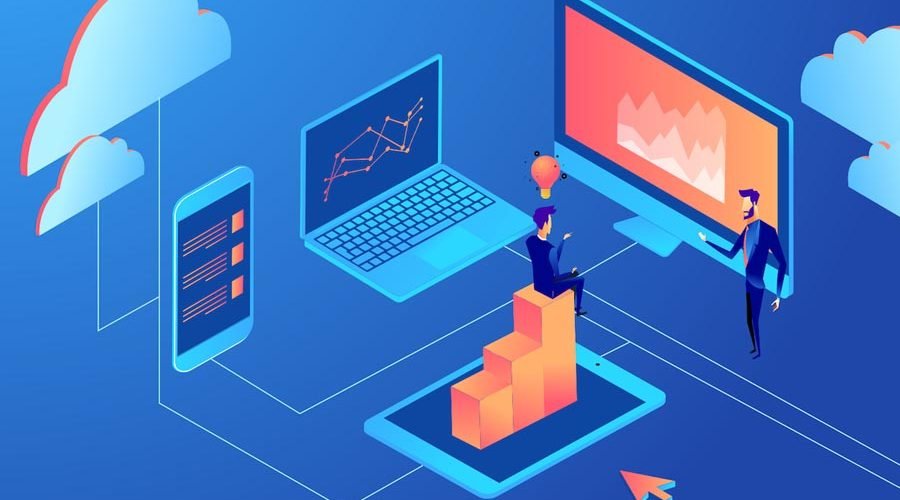The technique of tailoring a company’s cloud expenditures to its requirements is known as cloud optimization. It weighs the organization’s needs in relation to its cloud investments and employs machine learning and other technologies to strike a balance between this need and the demands of the applications. Cloud optimization has a number of advantages when effectively implemented throughout a company, including improved application performance, increased worker productivity, and more effective resource management.
Table of Contents
Cloud Cost Optimization: What Is It?
The process of choosing and assigning the best cloud resources for your application or workload is known as cloud cost optimization. Efficiency is achieved by balancing workload performance, cost, and compliance via real-time infrastructure optimization.
Infrastructure needs differ for each application and workload and are subject to alter over time. Typically, a cloud cost optimization company would determine the resources for its workloads by establishing baseline performance using its expertise or domain knowledge. Teams can now optimize any workload and automatically match it to cloud resources using artificial intelligence and other techniques.
Cost-Cutting Strategies For the Cloud
Implement Power Scheduling
The ability to spin up resources when you need them and vice versa is one of the advantages the cloud may provide you. When implementing a public cloud, turning off the instances while they are not in use may help you save money.
It is crucial to first identify idle resources and identify those that can be turned off during off-peak hours in order to adopt this method. For instance, when nobody is utilizing the resources you paid for on the weekends or overnight, development systems may be securely switched off. When you have teams operating in several time zones, using automation is very useful. You can consult about cloud cost optimization practices here: https://itoutposts.com/.
Assess Your Cloud Expenses Often
It’s crucial to constantly assess your cloud charges if you want to grow your company and operate at a high level of efficiency. You must have a thorough awareness of these expenses’ origins and magnitude in order to do this.
You’re losing money if you don’t keep an eye on your cloud computing expenses. Be sure to frequently assess your consumption and find methods to improve it. Consider using reserved instances for infrastructure-as-a-service (IaaS) offerings and distributing fees according to workloads rather than time limits. Also, benefit from consolidated billing if you have access to it.
Eliminate Idle Elastic IP Addresses
The purpose of Elastic IP Addresses in AWS is to assist guarantee the accessibility of cloud-based services. The IP address may be quickly remapped to another cloud instance in the event that one goes down.
An AWS account may typically store up to five Elastic IP Addresses. One Elastic IP Address may be freely assigned to an active instance. Elastic IP Addresses that refer to halted instances or multiple addresses that are assigned to the same instance will be charged.
Checking for underutilized cloud accounts Cloud spending on underutilized resources may be decreased with the use of elastic IP addresses. To reduce the expense to the company, monitoring should ideally be automated so that Elastic IP Addresses are deleted as soon as they are inactive or unneeded.
Use Spot Instances to Your Advantage
Spot Instances are significantly unlike from RIs, however, they may increase your savings on Azure or Amazon expenses. Spot Instances are up for auction and may be bought for immediate usage if the price is suitable.
But, chances to purchase Spot Instances might vanish rapidly. They are therefore best suited for certain computing scenarios like batch processes and jobs that may be easily canceled. Spot Instances should be a component of any cloud cost optimization plans since jobs like this are typical in big enterprises.
Scaling Down the Resources
When computer services are analyzed to determine the most effective size for your operating needs, this process is known as rightsizing. You may optimize your server’s size as well as other components like the database, RAM, storage, and graphics using the right right-sizing tools. This strategy not only aids in cost reduction but also in cloud optimization, enabling the top performance of the resources you pay for.
Conclusion
SaaS costs an average organization $5,800 per employee per year. So finding the ideal balance between performance and cost is crucial. You should also continuously monitor your infrastructure and expenses. Tools for cloud cost optimization come in handy at that point. Use the CSPs’ solutions and put them into action using third-party technology.





